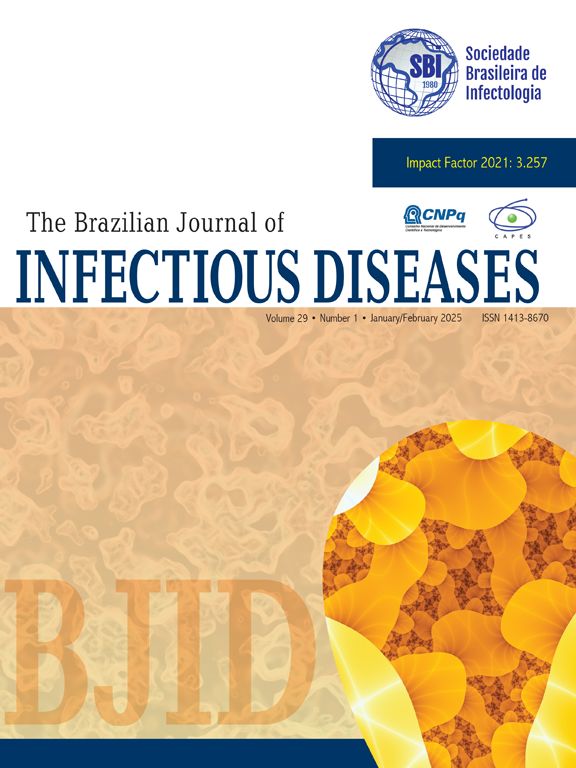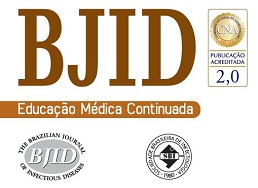The present paper presents compulsory notification data for infectious diseases and epidemiologic ones recorded at the Center for Strategic Information and Health Surveillance (CIEVS) for the period of March 2006 to April 2007. Data is presented in accordance with geographic distribution, time and risk classification of the etiologic agents found, according to Ministry of Health regulations. The importance of this epidemiologic surveillance system is presented, debating the main topics required for quality improvement and information analysis. It is concluded, from the analysis of epidemiologic events and their relation to risk management, that the compulsory notification system in Brazil is incomplete, irregular, delayed and, in a large percentage of cases, notification cannot be completed and the agent may not be identified. Quality of data varies from one region to another and from county to county within the same region. There is a high proportion of cases in which the etiologic agent is unknown and, in such cases, a high lethality is expected, establishing a high risk exposure condition for those health professionals involved in health surveillance. From these data, the study points out the need to improve the surveillance system and strengthens the idea of building maximum containment laboratories.
The Impact Factor measures the average number of citations received in a particular year by papers published in the journal during the two preceding years.
© Clarivate Analytics, Journal Citation Reports 2025
SRJ is a prestige metric based on the idea that not all citations are the same. SJR uses a similar algorithm as the Google page rank; it provides a quantitative and qualitative measure of the journal's impact.
See moreSNIP measures contextual citation impact by wighting citations based on the total number of citations in a subject field.
See more



